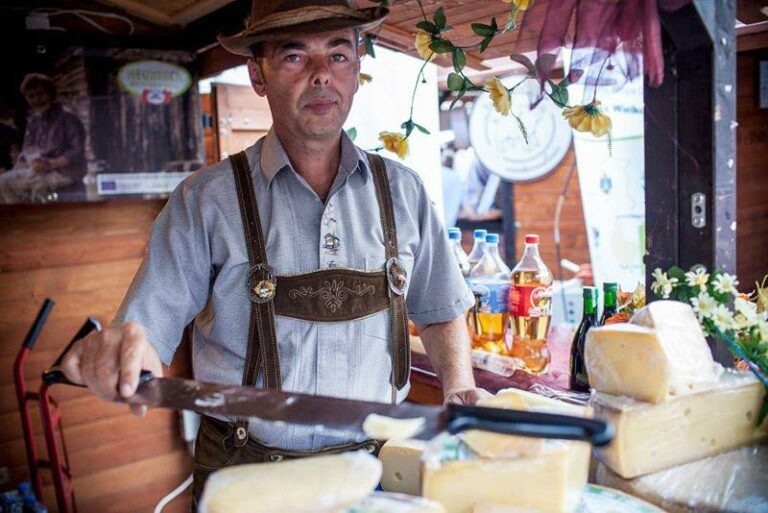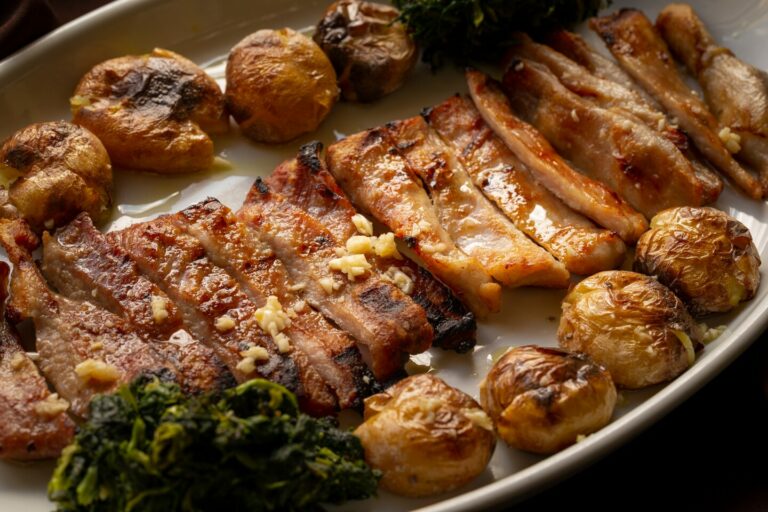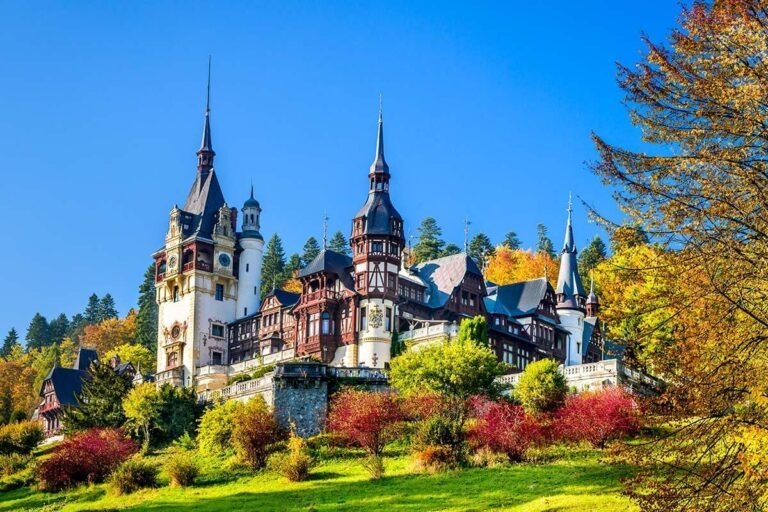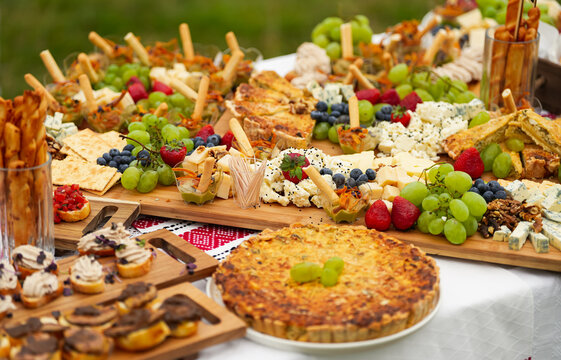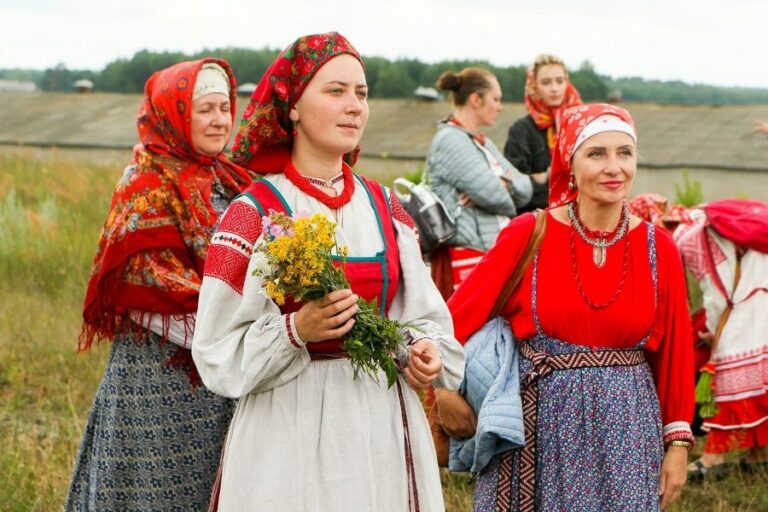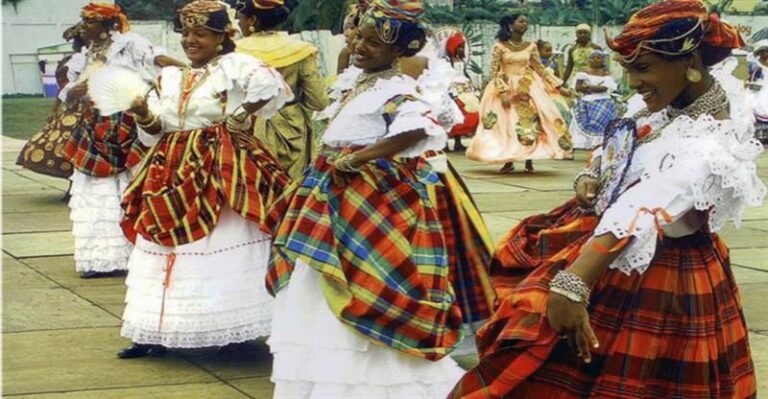Introduction to Pakistani Cuisine
Pakistani cuisine is a blend of various flavors, spices, and textures that have been influenced by historical and cultural diversity. It is a reflection of the country’s rich heritage and multiculturalism. Pakistani cuisine is known for its aromatic curries, biryanis, kebabs, and sweet desserts. The cuisine is a combination of Indo-Persian, Central Asian, and South Asian flavors, making it diverse and unique.
Historical Influences on Pakistani Cuisine
The history of Pakistan is a mix of various civilizations and cultures, including the Indus Valley Civilization, the Mughal Empire, and the British Empire. Each of these cultures and civilizations contributed to the development of Pakistani cuisine. The Mughal Empire was particularly influential in shaping the cuisine. The Mughals introduced techniques such as tandoori cooking and the use of aromatic spices such as saffron, cardamom, and cloves. The British also introduced new ingredients such as tea and potatoes, which became popular in the country.
Cultural Diversity in Pakistani Cuisine
Pakistani cuisine is a reflection of the country’s multiculturalism. The cuisine has been influenced by the different ethnic groups living in Pakistan, including Punjabis, Sindhis, Balochis, and Pashtuns. Each of these groups has its own unique set of ingredients and cooking methods that have contributed to the development of Pakistani cuisine. The country’s Islamic heritage has also played a significant role in shaping the cuisine, with halal dietary laws influencing the types of meat used in the dishes.
Regional Variations in Pakistani Cuisine
Pakistan has a diverse landscape, which has led to the development of regional variations in Pakistani cuisine. For example, the cuisine in Punjab is known for its rich gravies and tandoori cooking methods, while the cuisine in Sindh is known for its seafood dishes and spicy curries. The cuisine in Balochistan is heavily influenced by Iranian and Afghan cuisine, while the cuisine in Khyber Pakhtunkhwa is known for its wholesome meat dishes and bread.
Traditional Pakistani Dish Examples
Some of the traditional Pakistani dishes include biryani, a rice dish cooked with meat or vegetables and flavored with aromatic spices. Other popular dishes include kebabs, which are made with minced meat, and nihari, a slow-cooked meat stew that originated in Delhi. Desserts such as gulab jamun, a sweet dumpling soaked in syrup, and halwa, a sweet pudding made with semolina, are also popular in the country.
Conclusion and Future of Pakistani Cuisine
Pakistani cuisine is a blend of various influences, reflecting the country’s rich heritage and multiculturalism. The cuisine has evolved over time, with each culture and civilization contributing to its development. As Pakistan continues to grow and develop, so will its cuisine, with new ingredients and cooking techniques being introduced. However, the traditional flavors and techniques will always remain an essential part of Pakistani cuisine, making it unique and diverse.


